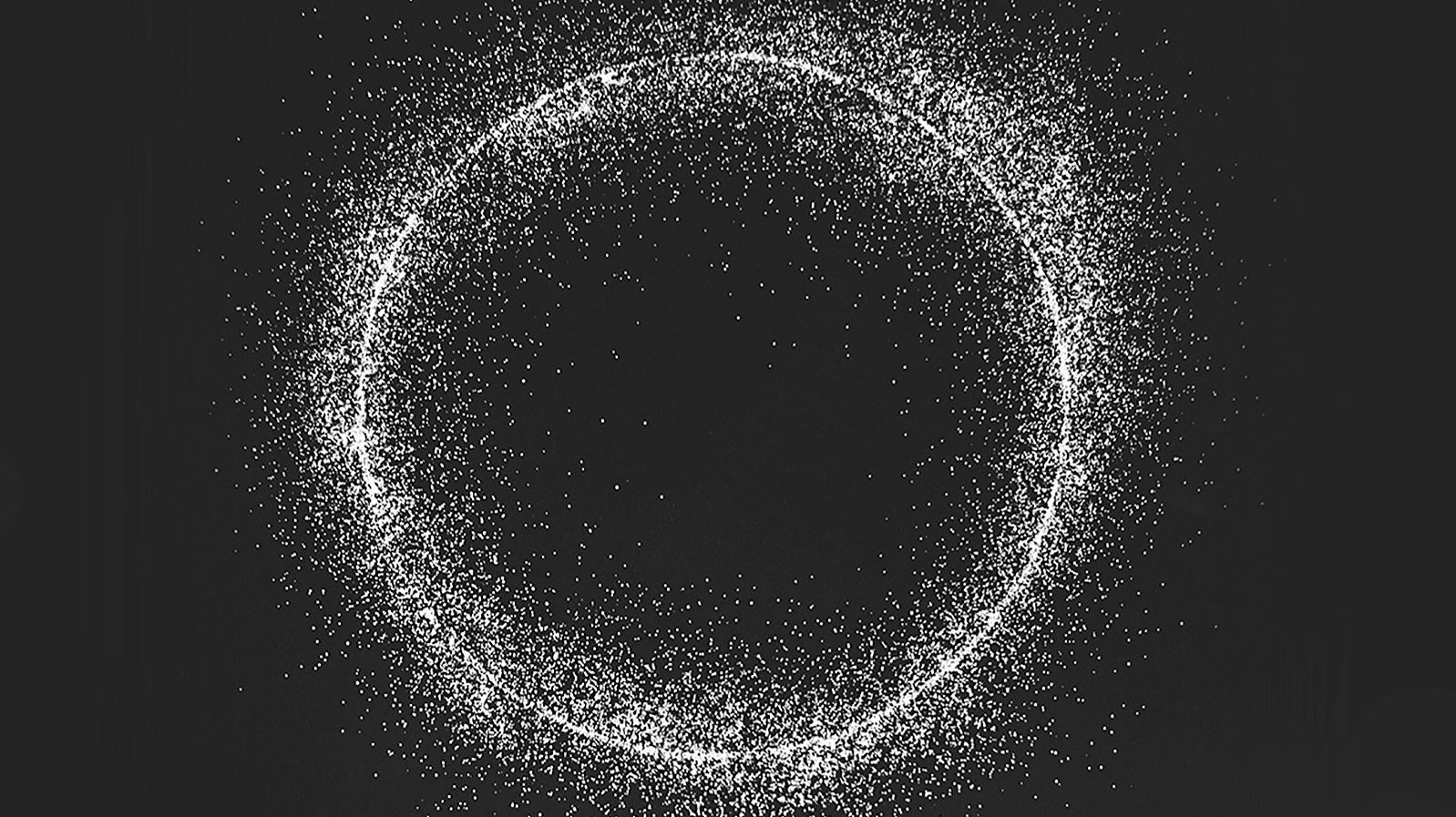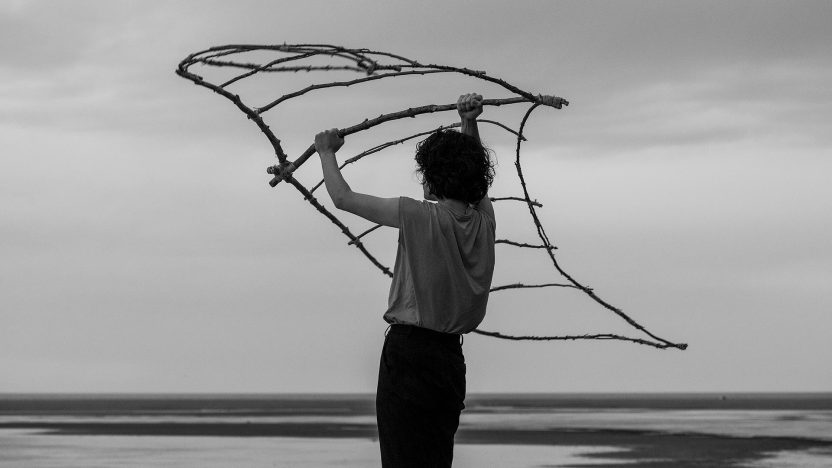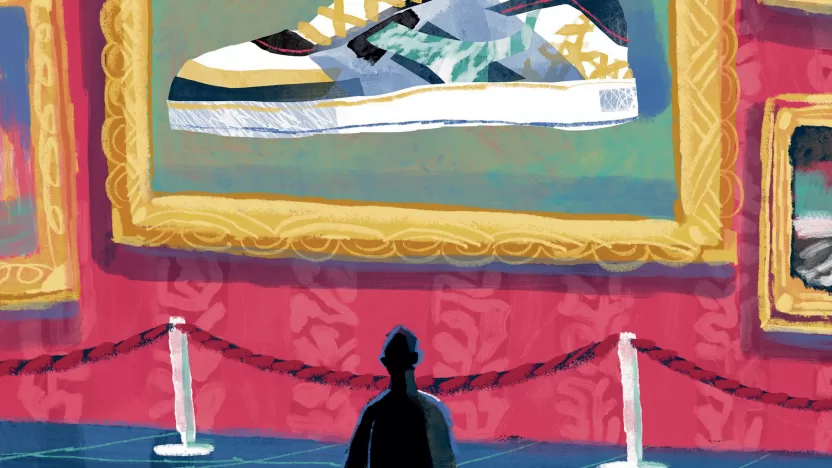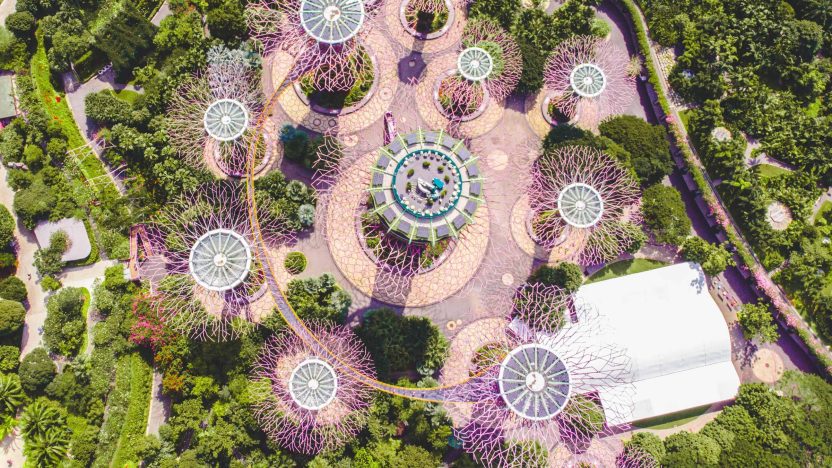Why human-centered design is not enough
Have we launched into a new era of design where people can really help rather than just making an aesthetically-superior product?
by MAIZE

<a href="https://www.maize.io/en/contributors/lorraine-justice" target="_blank" rel="noopener noreferrer">Lorraine Justice is an industrial design professor, design researcher, and consultant from the United States, who focuses on the future of products and services, global innovation, and development strategies. As a design strategy advisor to governments, universities, corporations, and nonprofits, we asked Justice to talk about what the future of design might look like in a post-Covid-19 world.
How has Covid-19 launched us into a new era of human-centered design?
It’s remarkable that a large number of designers and companies from around the world jumped right in and started to design better masks, protective equipment, and sanitizers along with other ways for us to protect ourselves. They are also trying to design better social distancing experiences. Here in the United States, with restaurants open for drive up and takeout, we are really harkening back to the days when we would have someone bring food to the car and hook a tray on your car window. This option has kept many restaurants open and earning (some) money. Covid-19 precautions will permeate our new designs. Materials such as copper — which is supposed to be anti-microbial — will probably be used more strategically. New temporary products such as a phone sanitizers and fobs for pressing elevator buttons will come and go.
If we approach Covid-19 as a design problem, could we find an innovative way to apply design thinking and human-centered design principles to help solve some of the everyday frustrations and issues that people are facing?
Yes, we can absolutely use design thinking and design processes to solve our everyday frustrations. Design thinking will help us look at the world’s problems and uncover some of the issues that need to come to light. The design process will help us to focus on solving problems and finding opportunities. I often think of what would happen if we got designers together with scientists regularly, and if they started to look at the big picture, where the intersections might be, and what might emerge from those sessions. That process of putting everything on the wall, searching for what connects, looking for patterns, looking at something that may be unusual. Looking at the whole world of a problem. That is when the magic of design happens.
I am sure next autumn, we’ll have a wealth of design students working on pandemic types of projects. And we’re seeing more students interested in sustainability, trying to help with not only human disasters, but ecological disasters. The design profession is moving towards these areas where people can really help rather than just making an aesthetically-superior product. And this is one of the great things that’s coming out of the design field, this focus on health and well-being and human value … although we still want beautiful things.
Does human-centered design need new principles to navigate through a post Covid-19 world?
The issue that really started to hit home for me with this pandemic is how interconnected everything is. Prior to this, the design field worked very hard to get to the point of using the phrase human-centered design. It marked a distinct difference between design that was going on earlier, where we would have the ‘lone designer as hero,’ and a lot of that came from architecture, artists, and so on. And it was about them creating something for the world that they wanted to communicate. It was human-centered design and sustainable design, instead of looking at how can we preserve systems, how do we create systems that care for people? Human-centered design means good design for everyone. But now, with ecological disasters and the pandemic, human-centered design as a phrase is too narrow. I don’t think we should consider just humans in our design — although people will argue that humans covers everything. It doesn’t. And it puts an emphasis on humans instead of equal rights for animals, nature, etc. I think we need to look at broader systems and bring in more expertise. I don’t have a new word for it. Some people like the phrase life-centered design. But I think that is still too narrow. I just finished a book called The Future of Design, and my research reinforced the idea of how much more complex design is going to become and how the themes may be larger, and more experts may be brought in more frequently. So at least designers understand now that it’s not all about them and that they need to learn how to work with others and process more complex information — even conflicting information and data. We’re looking at a much more complex design process in the future.
You wrote your book before Covid-19, what is one lesson from it that can apply to this new design concept?
I am looking more closely at how people reason during design thinking and the design process to see where biases can influence outcomes (for better or worse). And I’m looking at Artificial Intelligence to help with that deep dive and see where bias can be removed. But it won’t take away the designer’s passion. I think if anything, it will increase this passion because they can really get more deeply involved in the problem and have even more solutions emerge. There might be a little mini renaissance of new ways to live among the viruses coming our way. We should always question our beliefs and ask: Why did we do things a certain way? Unfortunately, a lot of times it takes an emergency to spur us to redesign our lives, even if it does mean constant change for safer measures right now.



 in Italy
in Italy